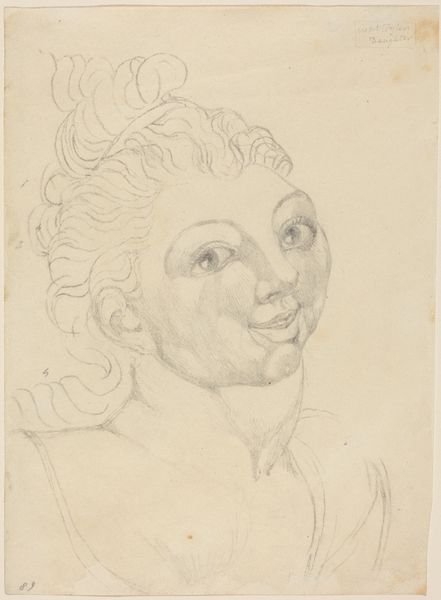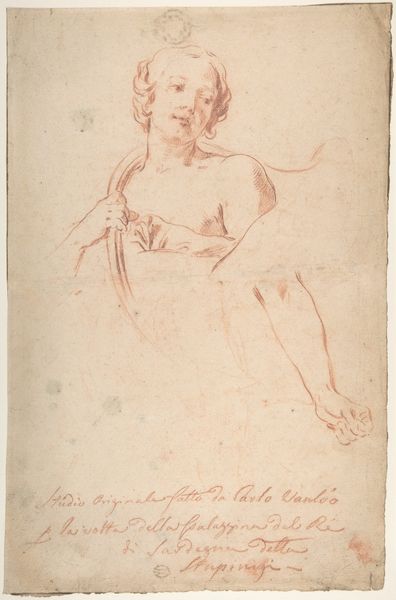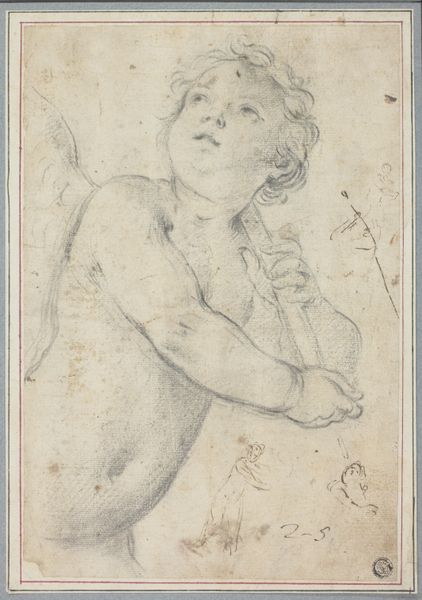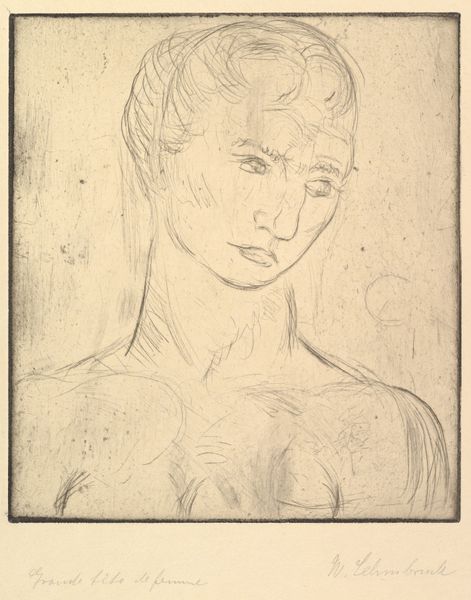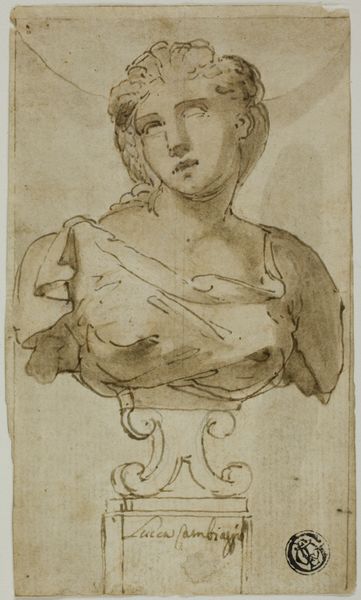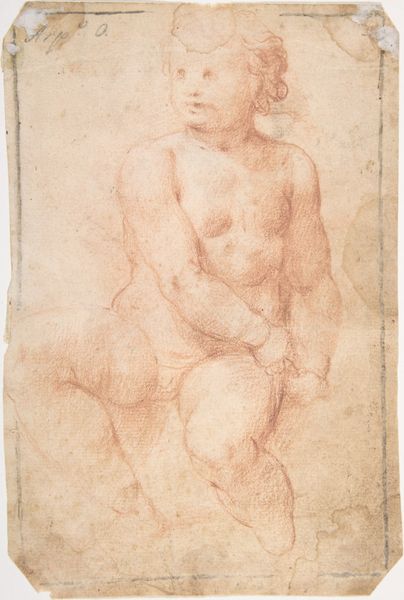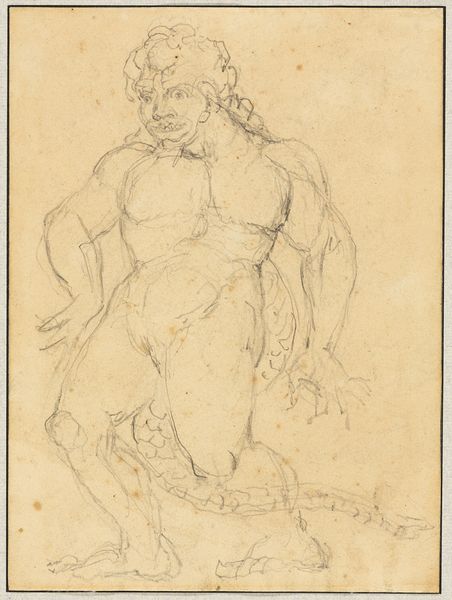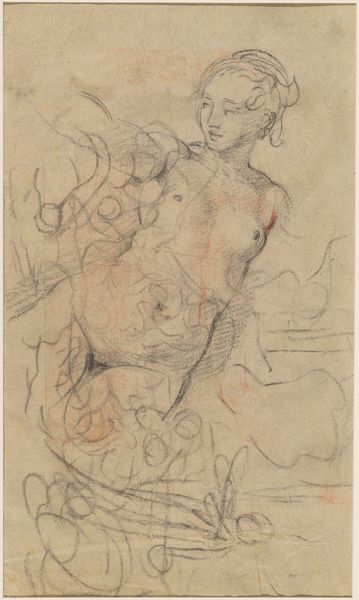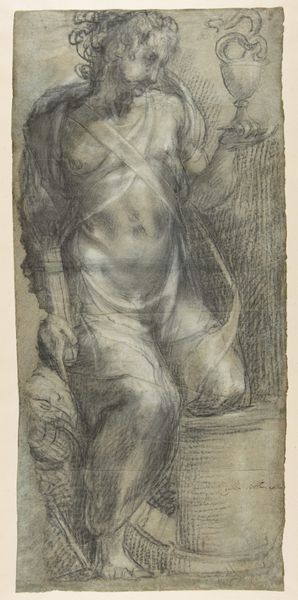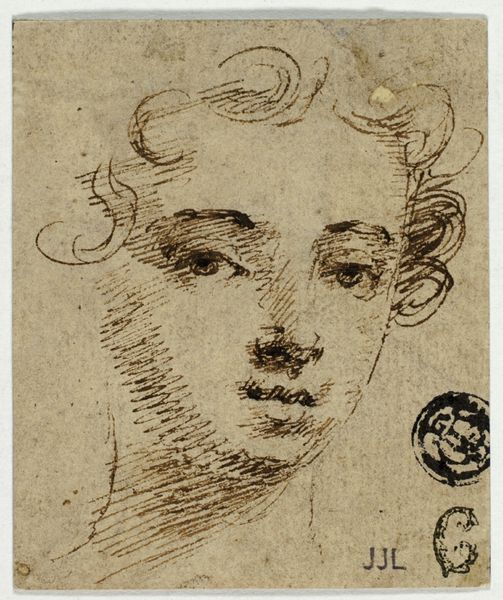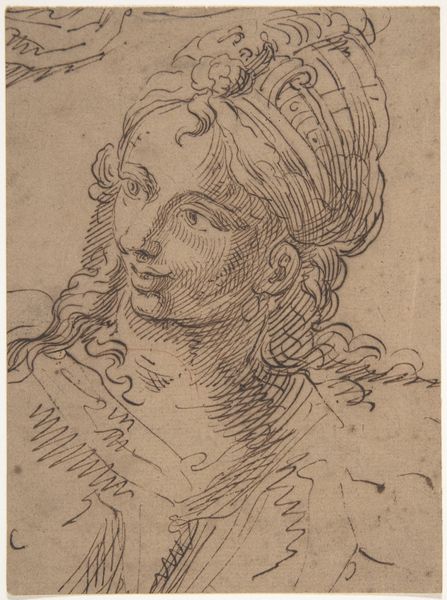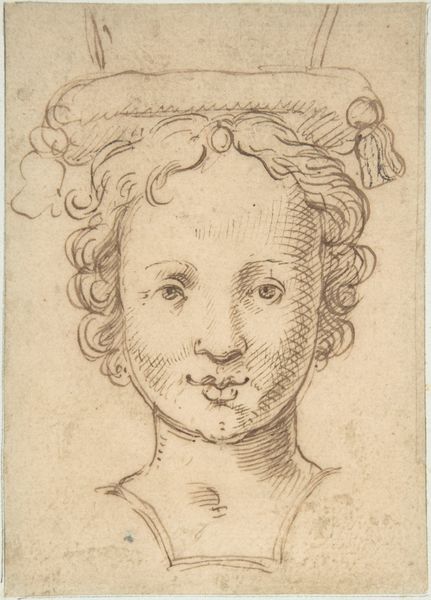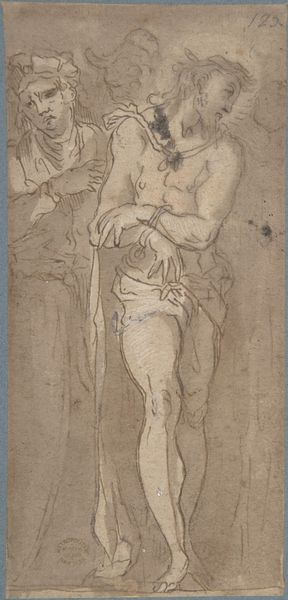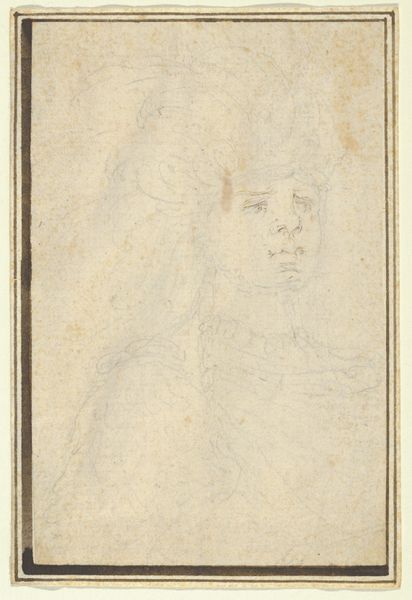
drawing, ink
#
portrait
#
drawing
#
charcoal drawing
#
mannerism
#
11_renaissance
#
ink
#
13_16th-century
#
portrait drawing
Copyright: Public Domain
Editor: So, here we have what’s known as "Bust of a Satyr," a drawing made with ink by Jost Amman sometime during the Renaissance. There’s something unsettling yet magnetic about his expression. What strikes you about it? Curator: Oh, that smile is the key, isn't it? It's a grin teetering on the edge of something… impish, maybe a tad wicked. The way the ink lines sketch the face, all quick, almost nervous strokes, it’s as if Amman caught the satyr in a fleeting moment. Does that nervous energy speak to you? Editor: Absolutely. I’m curious about that ambiguity. It’s hard to know whether he is mocking us. Curator: The Mannerist period was all about that sort of tension. Forget idealized beauty; they wanted to explore the quirks and complexities of the human psyche—or in this case, the satyr psyche! Look at how the lines don't quite settle, how there's a flurry around the eyes. Jost is leaving plenty of room for our imagination. What story do *you* see unfolding here? Editor: Maybe he's laughing at the folly of mortals, a knowing chuckle at our expense. I hadn’t really considered it in the context of Mannerism, so it adds a whole new dimension. Curator: Exactly! The artist lets us glimpse the wildness beneath a veneer of composure, and perhaps that's why it still resonates so powerfully. Editor: I see what you mean. I’ll definitely be thinking about this mischievous satyr—and the complexities of Mannerism—differently from now on! Curator: Good, it seems like his trickster nature has won out once more!
Comments
No comments
Be the first to comment and join the conversation on the ultimate creative platform.
